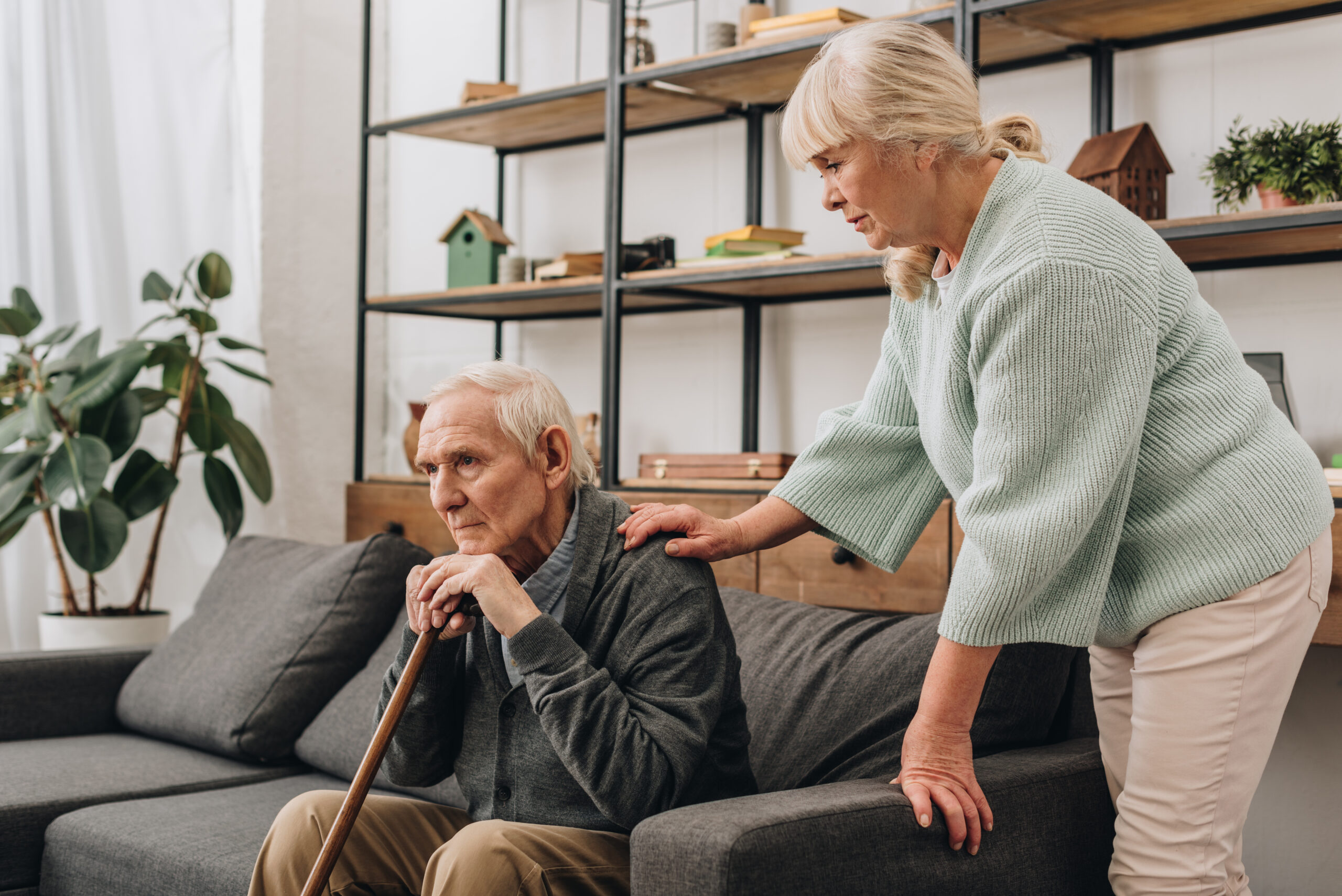Handling anxiety and agitation in dementia with non-pharmaceutical methods
Anxiety and agitation are common challenges faced by people living with dementia. These feelings can be distressing not only for the individual but also for their caregivers. Fortunately, there are many non-drug approaches that can help ease these symptoms and improve quality of life.
One of the simplest ways to reduce anxiety is by creating a calm, safe environment. Removing hazards and clutter helps prevent accidents and reduces confusion, which in turn lowers stress levels. Offering familiar surroundings or a quiet space where the person feels comfortable can make a big difference.
Engaging in meaningful activities is another effective strategy. Activities like walking, gardening, crafts, or puzzles provide a sense of purpose and distraction from anxious thoughts. Even small changes such as moving to another room or spending time outdoors can help shift focus away from agitation.
Physical comfort plays an important role too. Offering food or drink if they seem hungry or thirsty addresses basic needs that might otherwise cause restlessness. Checking if they need to use the bathroom is also key since discomfort often manifests as agitation.
Gentle touch—like holding hands, stroking an arm, or giving a hand massage—can provide reassurance without words. Playing soothing music, reading aloud together, watching favorite films, or looking at photos may evoke positive memories and calm nerves.
Communication should be clear and simple: speak slowly using short sentences while maintaining eye contact to foster connection without overwhelming them with information.
Breaking down tasks into smaller steps helps avoid frustration when trying to complete daily routines or chores. Maintaining structure through consistent routines offers predictability that reduces confusion and anxiety over what comes next.
If pain or depression seems present alongside agitation, consulting healthcare professionals ensures these issues are addressed appropriately without immediately resorting to medication unless necessary.
Overall, these non-pharmaceutical methods focus on understanding what might be causing distress—whether physical discomforts like hunger or pain; environmental factors such as noise; emotional needs for connection; or cognitive challenges—and responding with patience and empathy tailored specifically for each person’s preferences and history creates an atmosphere where anxiety has less room to grow while promoting comfort instead.





